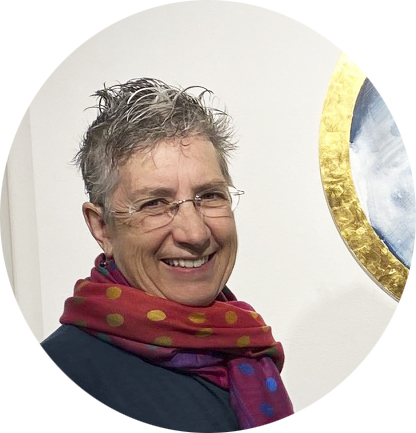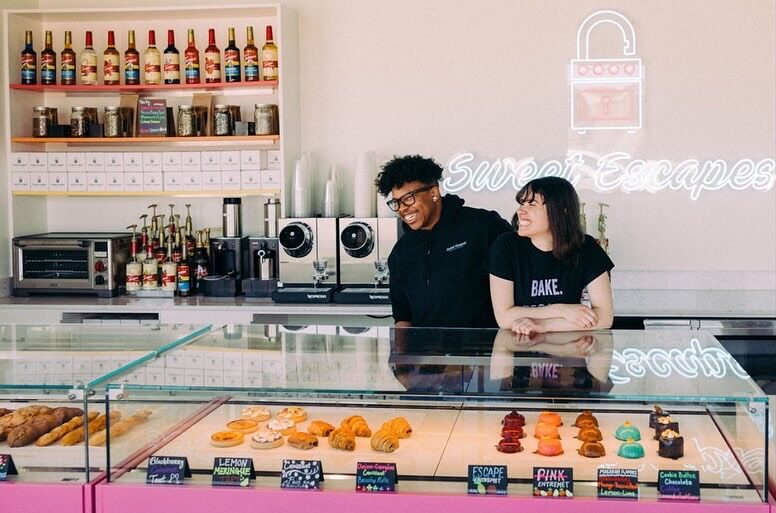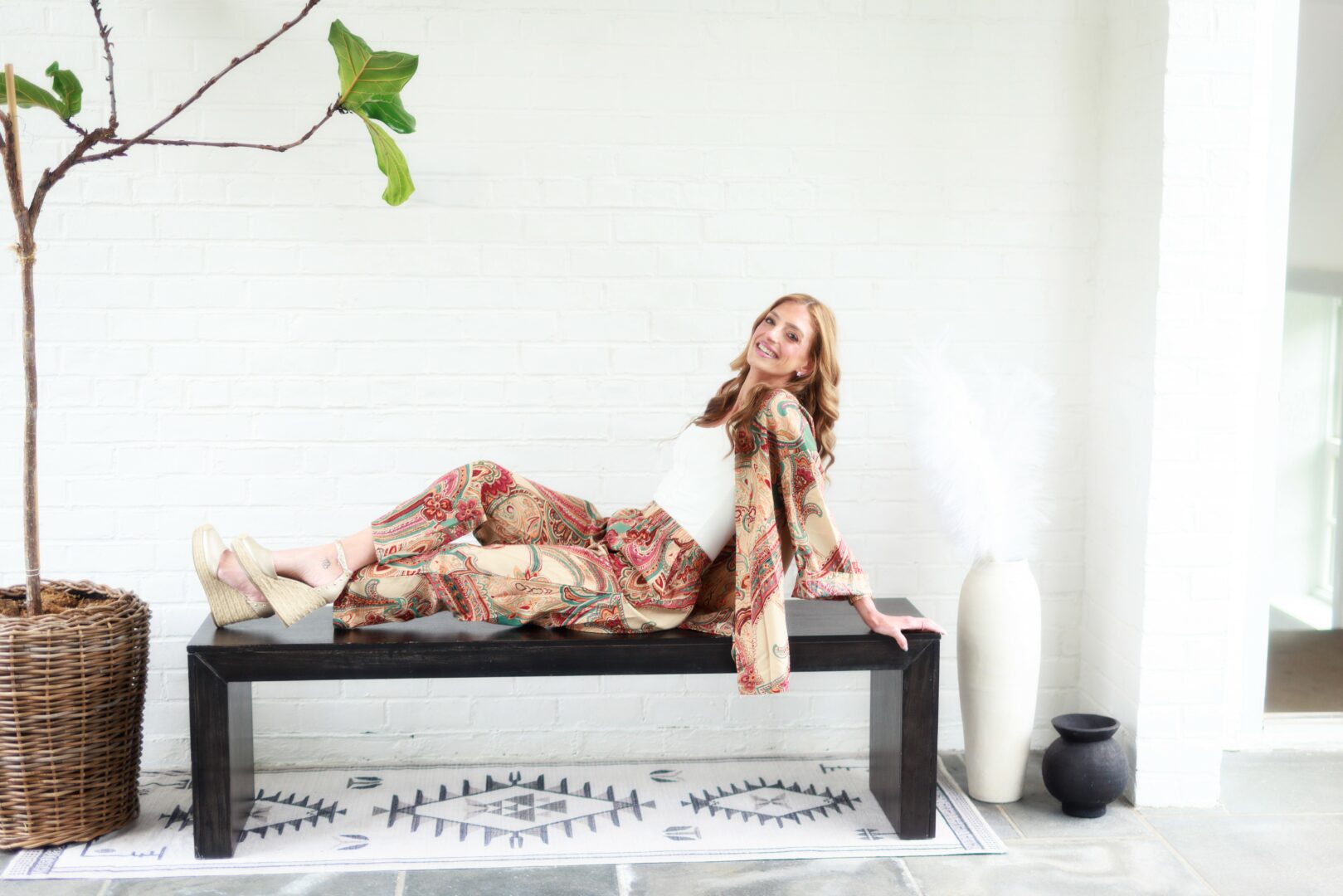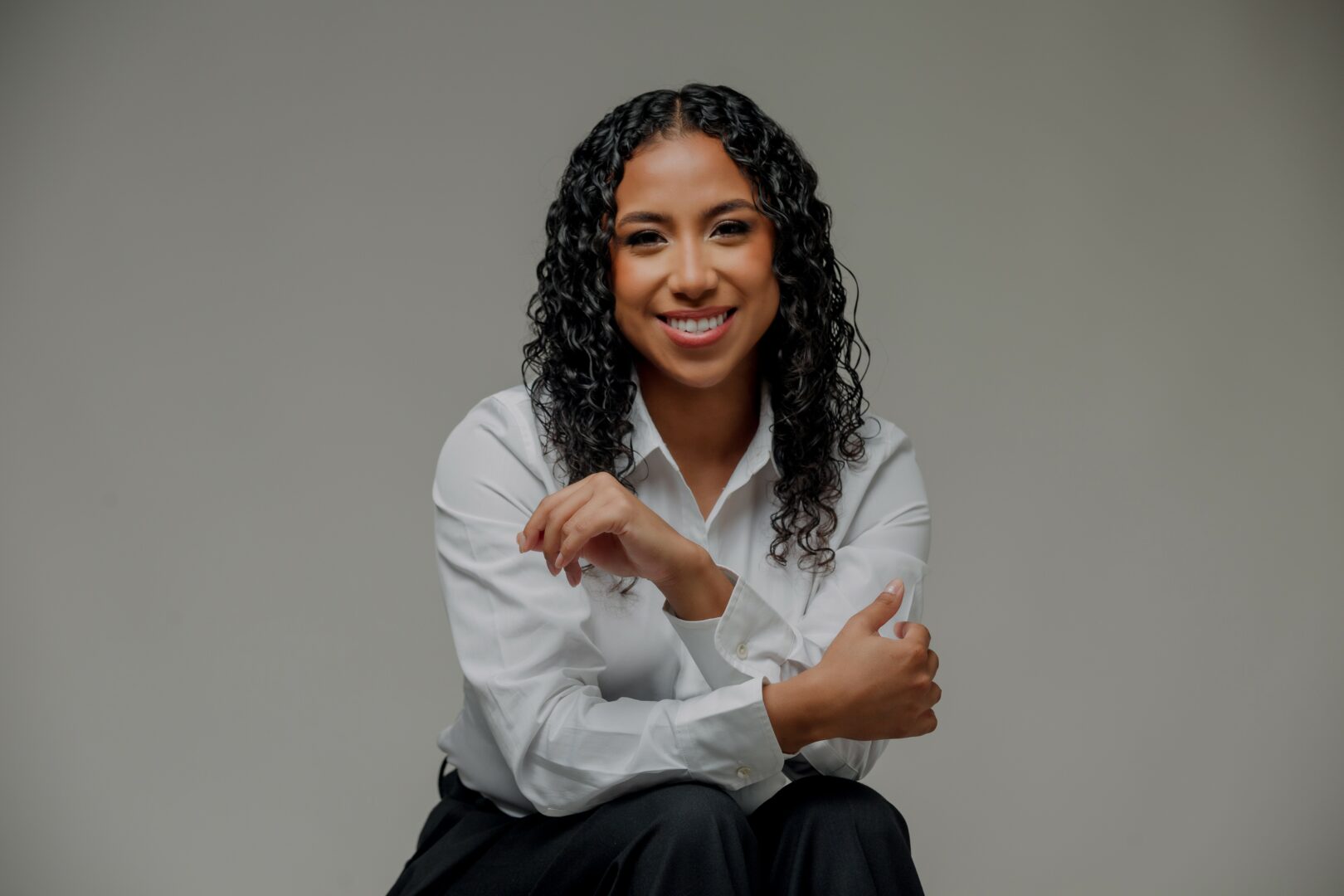We recently connected with Karen Fitzgerald and have shared our conversation below.
Karen, looking forward to learning from your journey. You’ve got an amazing story and before we dive into that, let’s start with an important building block. Where do you get your work ethic from?
I was born and raised on a dairy farm in the mid-20th Century. There were always things to do, things that needed doing. From a young age I was interested in being outside with my brothers. By the time I was a teenager, there were many daily chores that were part of my routines. This upbringing has a lot to do with my preference for doing: I do not sit well, I have to practice doing nothing. Gardening is my favorite pastime outside of the studio, simply because there is always something that needs attending to in a garden.
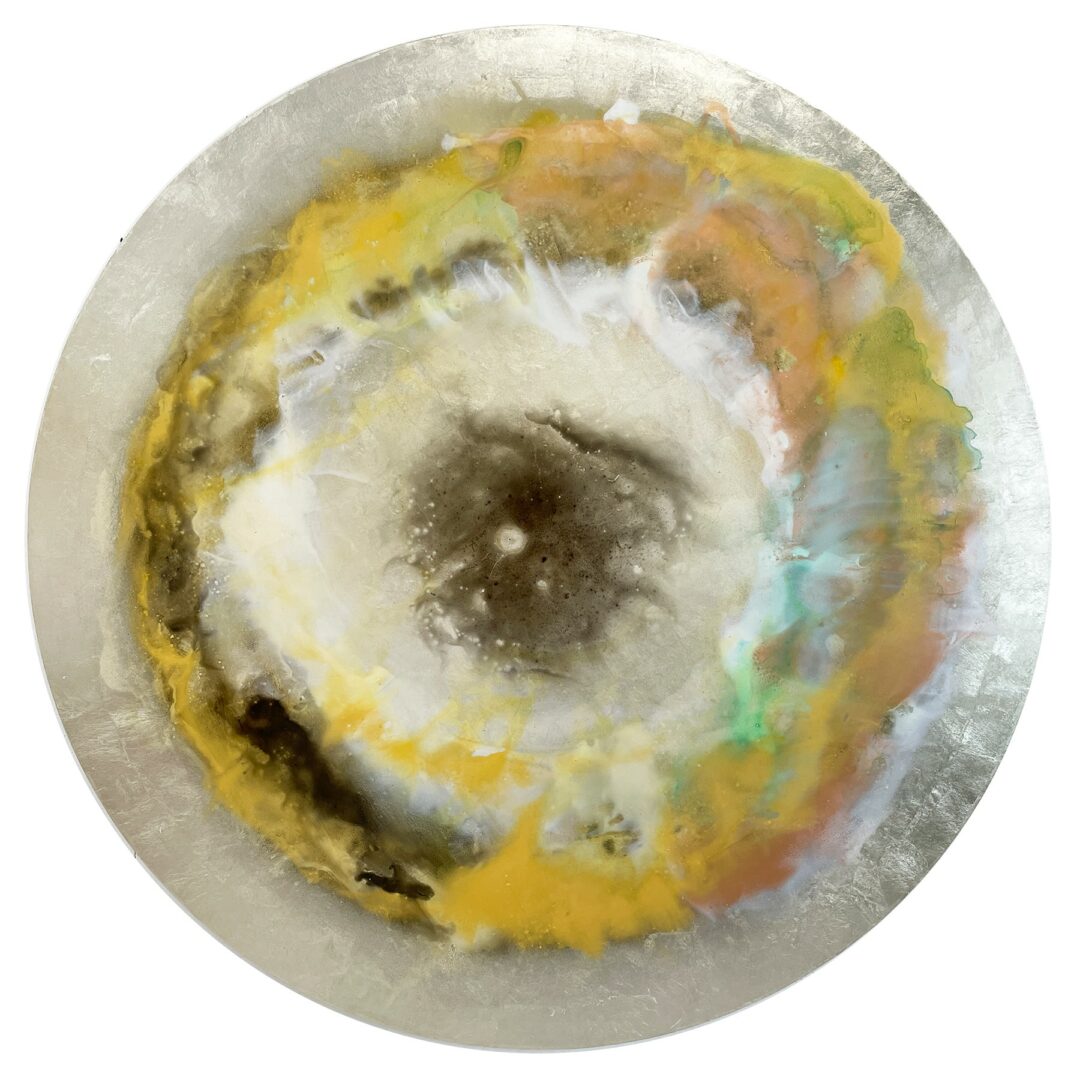
Appreciate the insights and wisdom. Before we dig deeper and ask you about the skills that matter and more, maybe you can tell our readers about yourself?
I’m a contemporary visual artist. I create 2-dimensional paintings, prints and occasionally drawings. For 35 years I’ve been dedicated to working in the tondo form. It fits what I wish to say in that it doesn’t reference humans (vertical) or earth (horizontal). It does suggest interconnectivity, cycles and wholeness. I’m interested in these broad ideas that undergird our lives: we are in, of and embedded in the world, a tangled web of interconnected energies. For almost 20 years I’ve incorporated precious metals into my work (23k gold, 12k, silver, copper, palladium, etc.) to suggest that we are aligned with the sacred. Our whole world shares this alignment.
There is an unfettered quality to working as an artist. Thinking, imagining, wondering and learning are core parts of my workday. This kind of freedom is life-serving. There’s a responsibility built into the work; move things forward and make the connection to that broader cultural conversation that the arts share across space and time. The discipline of an artist is toward this broader conversation – we are not in a position to be self-serving or self-indulgent.
Everyone accesses the conversation of the arts in a myriad of ways. The visual language is a rich resource for contemplation, expansion, and continuities across space and time. Rachel Cusk references the visual language as embedded in a socio-economic challenge. She views this as an intransigence that is concrete. It is this quality that renders visual objects (paintings, sculptures, etc.) as unchangeable. Yet our experience of them changes with every new encounter because we, ourselves, are always changing. There’s an immutability about the visual language that bridges this conundrum of change always being at our elbows.
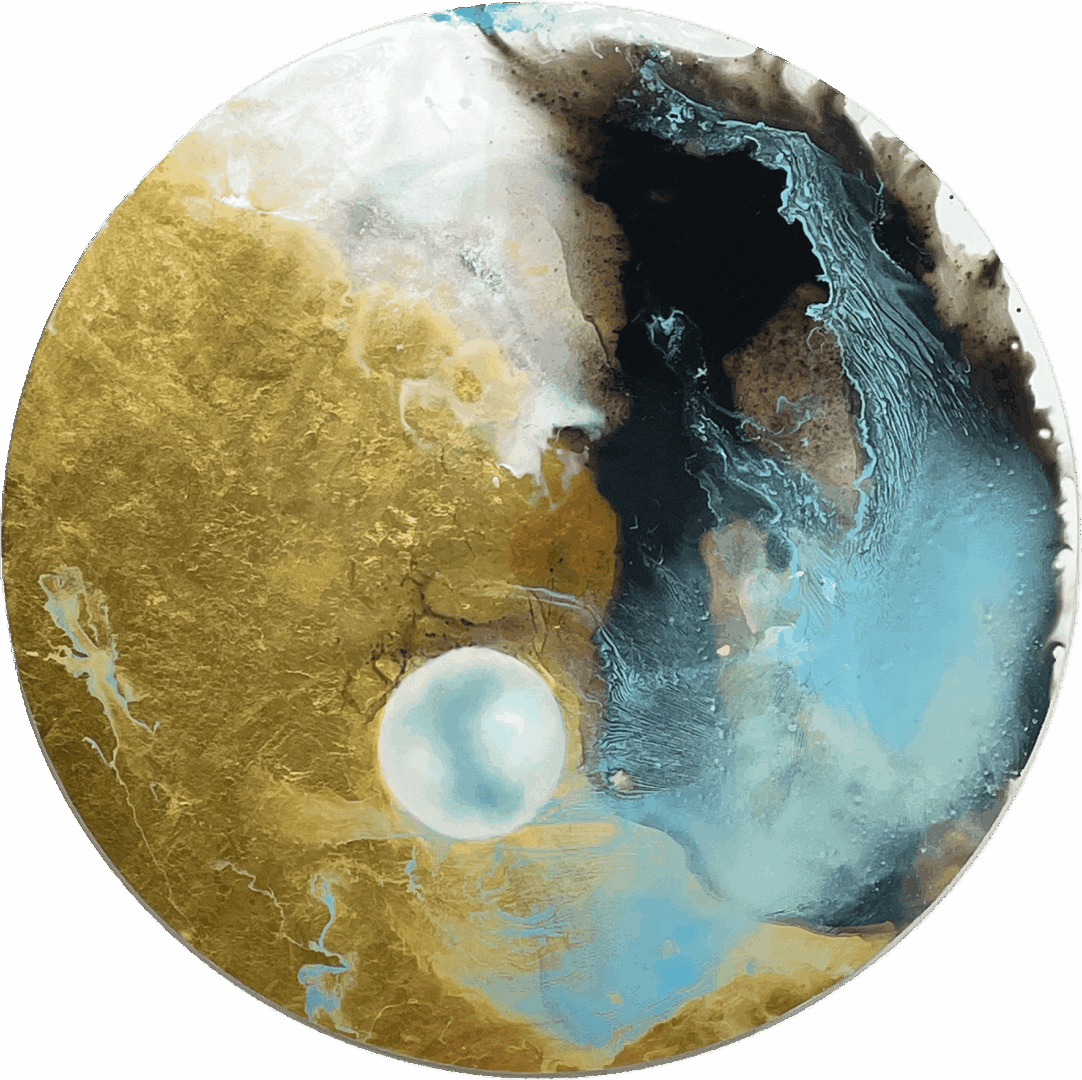
There is so much advice out there about all the different skills and qualities folks need to develop in order to succeed in today’s highly competitive environment and often it can feel overwhelming. So, if we had to break it down to just the three that matter most, which three skills or qualities would you focus on?
Determination, attending to detail, and grasping interconnected aspects across disparate fields of knowledge. These 3 are touchstones for me and became embedded in my neural processes early. Good teachers taught me to look carefully, to notice and wonder. As I worked my way through undergraduate and graduate school, I pieced together broader ideas that furnished my growing understanding with bridges from one place to the next. Serendipity, kismet, synchronicities – when I look back, I feel that my experiences are littered with these graces. There is a trueness to the world view I’ve settled in.
If you are someone who is in the early stages of a creative life, it may serve you well to focus your attentions locally. See the wonders at your front door. Take in the kindness of others toward you, no matter how trifling you feel these to be. And mind the turn-key: as you give to the community you are part of, you will gain in strength.
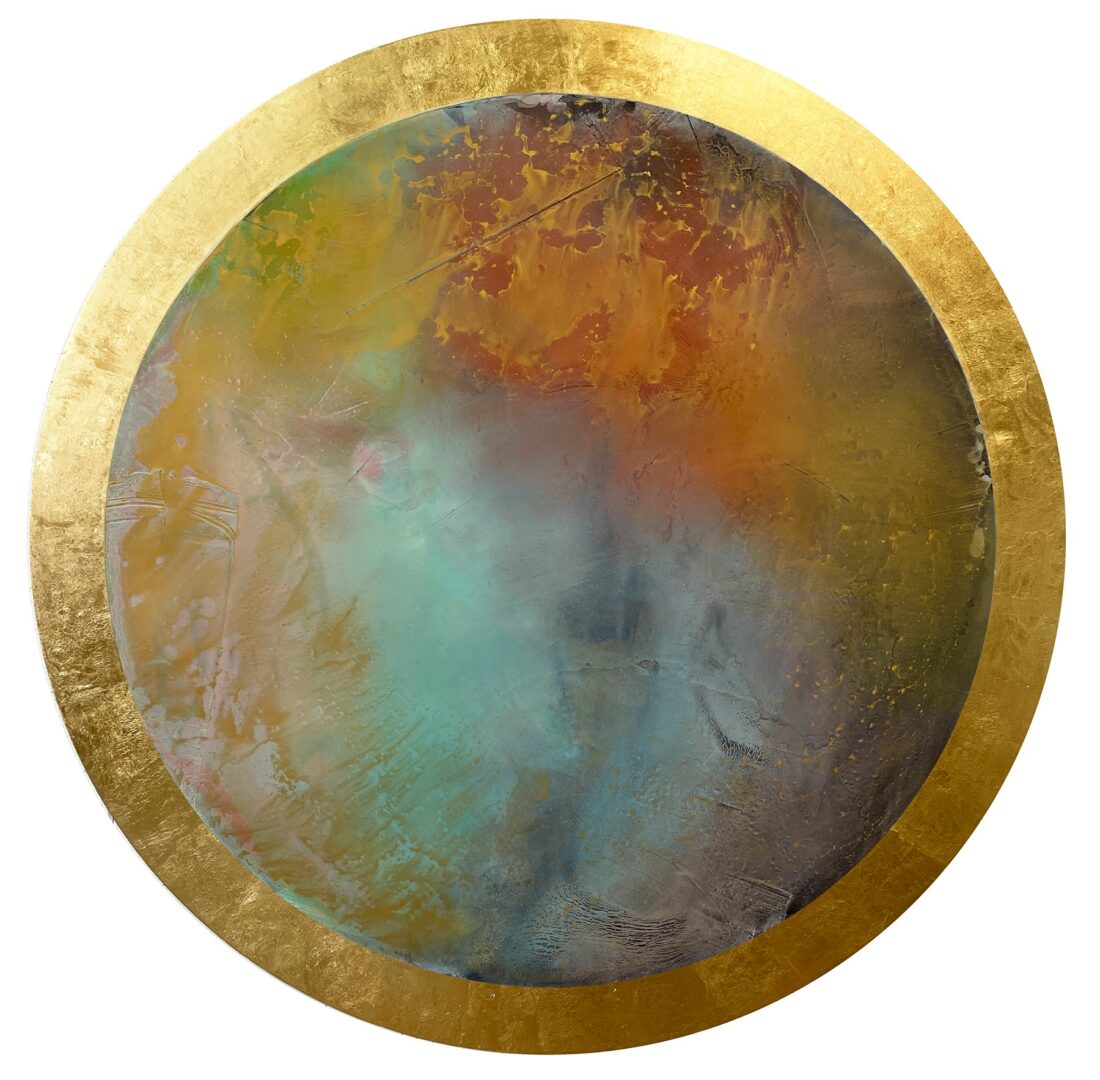
As we end our chat, is there a book you can leave people with that’s been meaningful to you and your development?
Robin Wall Kemmerer’s Braiding Sweetgrass, and The Gift, by Lewis Hyde have had a strong impact on me. Both point to a way of being in the world that rejects solipsism and insists on community.
Creative communities all across the globe are beginning to understand these basic tenets. Living one’s life outside of a transactional paradigm strengthens everyone.
Contact Info:
- Website: https://fitzgeraldart.com/
- Instagram: @kbfitzgeraldart
- Facebook: https://www.facebook.com/FitzgeraldArt
- Linkedin: https://www.linkedin.com/in/karen-fitzgerald-585611a
- Youtube: https://youtu.be/n_NRKRqAk4A?list=PLOyetqJMsE3zLshF4ydhL0iJ2jilmgzAq
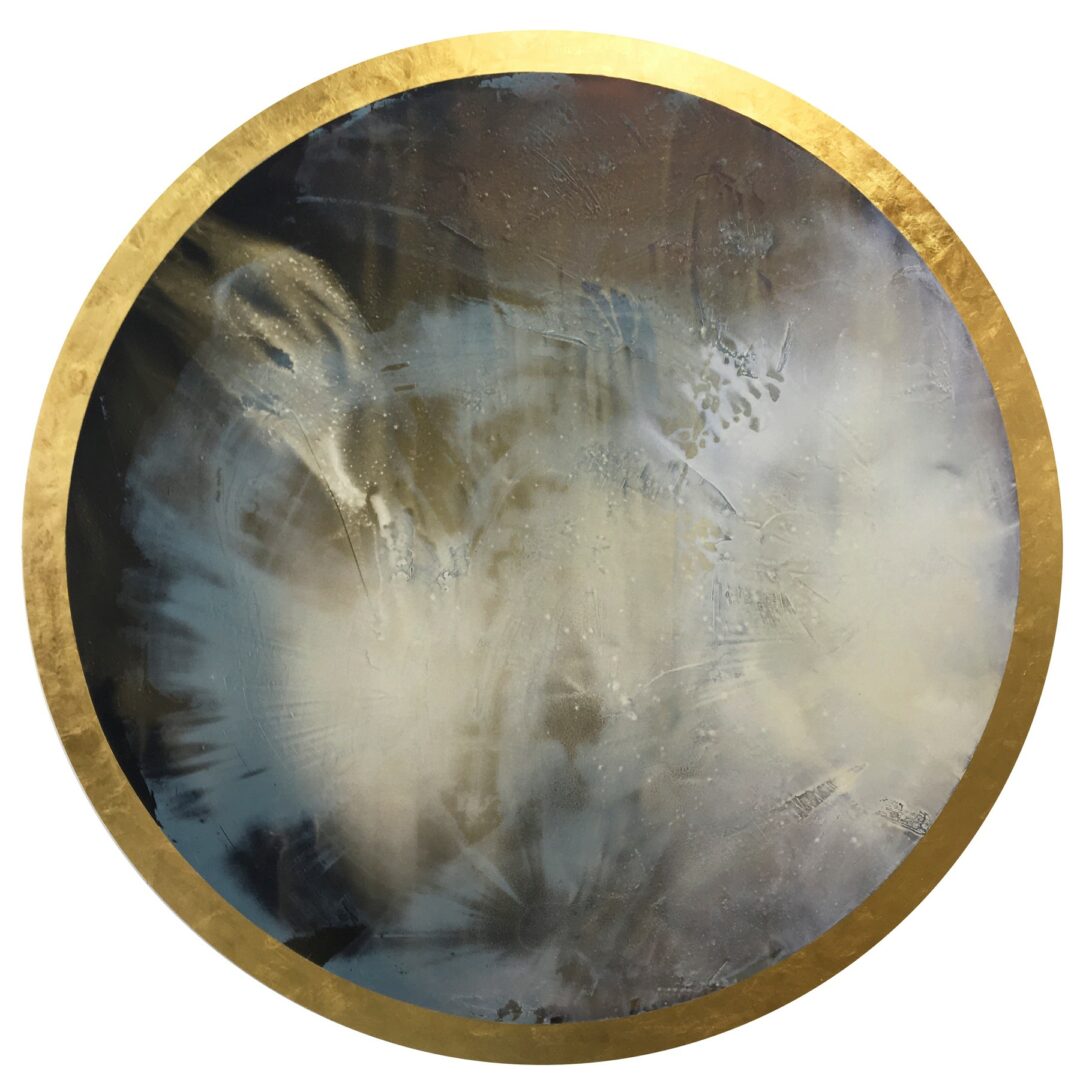
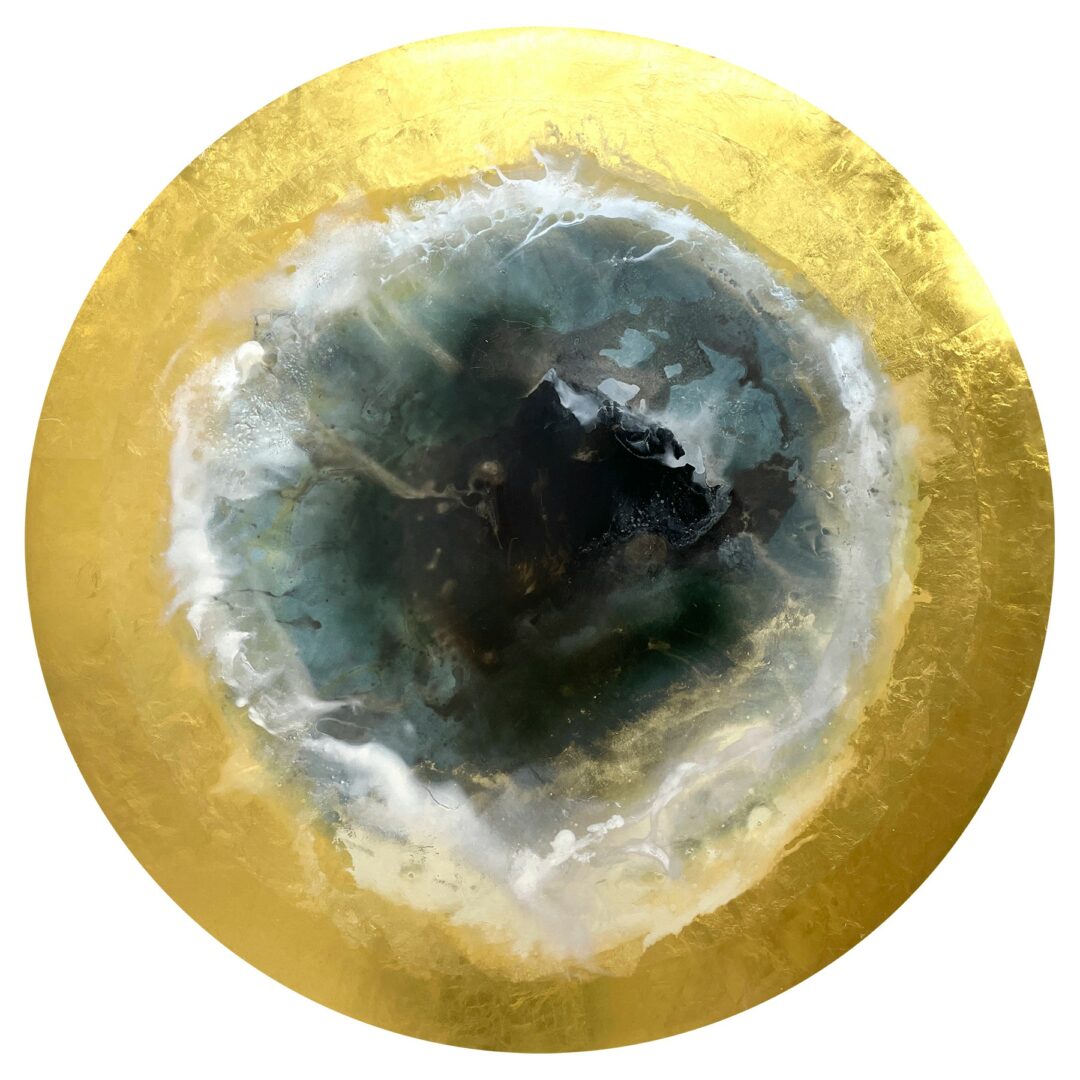
Image Credits
Portrait image courtesy Julie Shapiro.
Artwork images courtesy of the artist.
so if you or someone you know deserves recognition please let us know here.

